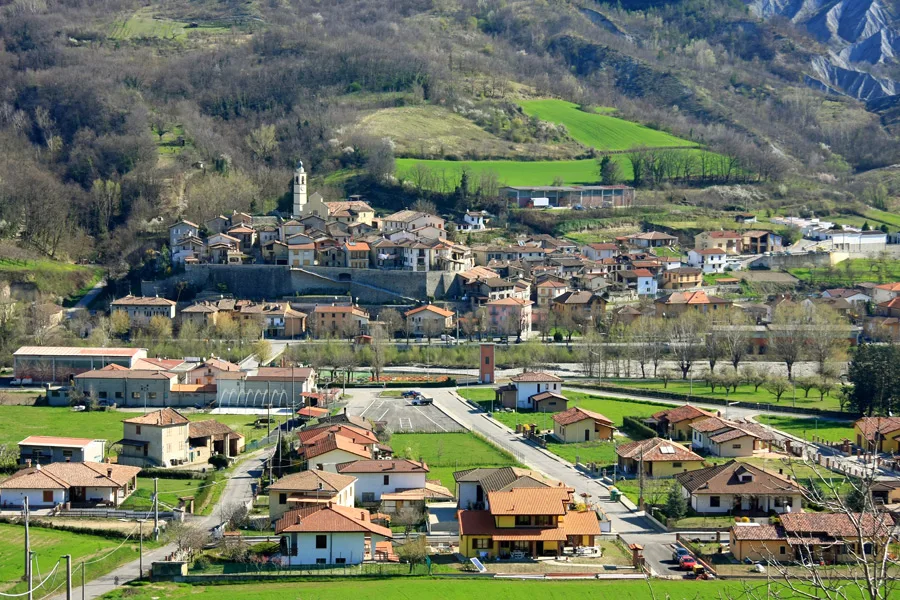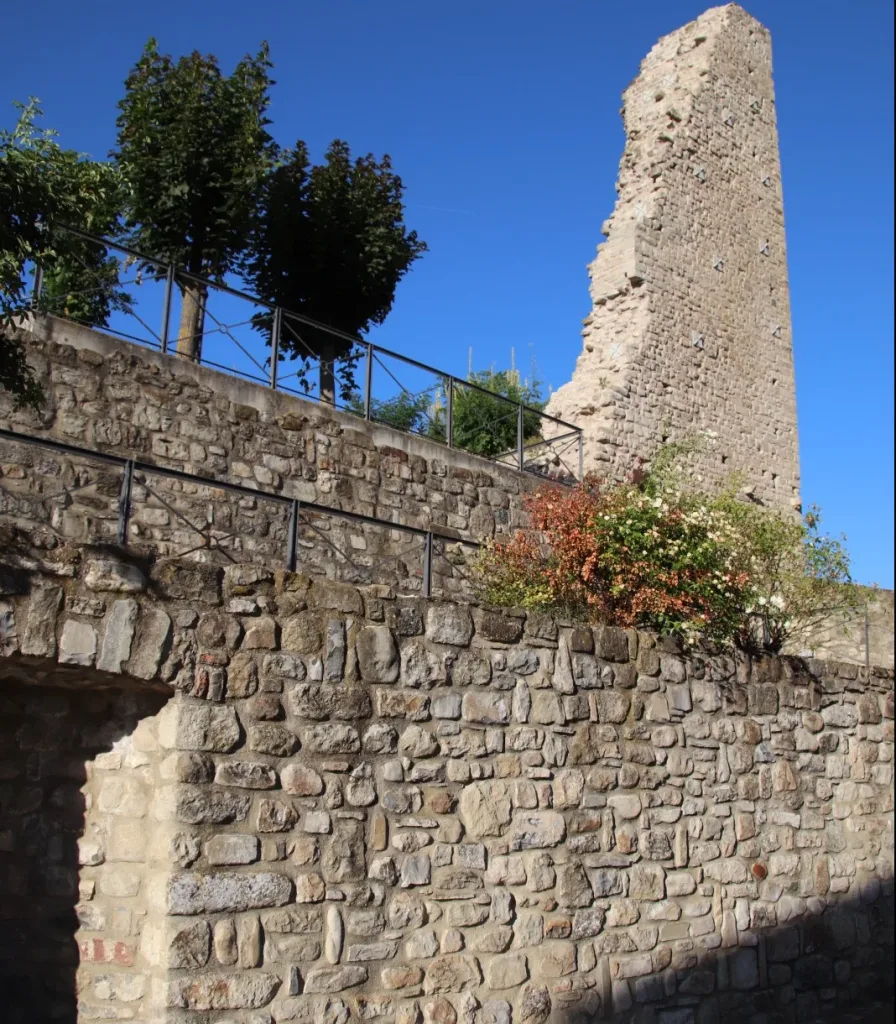Dating back to the 10th century, the Fieschi-Doria keep still stands solitary over the church square after centuries and many vicissitudes. Once mighty and imposing, when the territory was ruled by the Malaspina family, the castle of Bagnaria has been through several historical events, including devastating earthquakes that have left indelible marks on its structure. Despite the damage suffered over the centuries, the keep - all that remains of the ancient fortress - continues to be an important symbol of the history and resilience of this land.
The Malaspina period and the 1551 earthquake
During the Malaspina domination, the Bagnaria Castle reached its peak. Its walls and watchtower were an imposing defence that still testifies to the power and influence of this noble family. However, its solidity was put to the test on the night of 23 October 1551, when a devastating earthquake struck the Staffora Valley. The castle was badly damaged and most of its structures were severely compromised.

The collapse of the tower in the 1828 earthquake
Despite the damage of the 1551 earthquake, the Caste of Bagnaria survived and was partially rebuilt. Over the centuries, however, its resistance was tested once again. In the 1828 earthquake, the tower, which had survived the destruction of the previous earthquake, collapsed completely. Only an edge and a few sections of the walls remained standing.
The resilience of Bagnaria Castle
Despite its reduced present form, Bagnaria Castle remains a tangible testimony to the history of the area. The castle's current appearance, recently restored, is a fine example of the desire to preserve cultural heritage.
Between charm and mystery
Although the precise origins of its construction and the exact layout of the castle are still little known, its strategic position within the ancient core of Bagnaria suggests that its ruins were part of the defensive walls. Made of square stones and blocks in regular courses, the keep continues to inspire curiosity.
The preservation of the fortified village
Bagnaria still preserves the structure and the fortified village, which testifies to its past strategic importance. The ruins of the tower, located on the outline of the ancient settlement, clearly indicate the defensive role that the castle played in protecting the community.
How to reach the keep
The ancient gateway leads to Piazza San Bartolomeo, the historic centre of Bagnaria. The church of San Bartolomeo Apostolo, dating back to the 11th-12th centuries, and, at its highest point, the remains of the ancient Fieschi-Doria castle converge here. Near the square is Palazzo Malaspina, the noble residence of the powerful family. The coat of arms of the Malaspina, the branch of the Spino secco, can still be admired on the entrance door.
The history of the fief
The history of the fief of Bagnaria is a succession of dominations and changes of ownership that have helped shape the destiny of the village over the centuries. In 1485, Giovanni Galeazzo Maria Sforza issued a deed granting the fief of Bagnaria to Carlo Fieschi, giving him the title of Lord. The family ruled for several decades, but following the Fieschi conspiracy, an attempted rebellion against Spanish rule, Charles V assigned the fiefdom to the famous Genoese admiral, Andrea Doria. The Doria family retained the fiefdom until the Napoleonic era.










